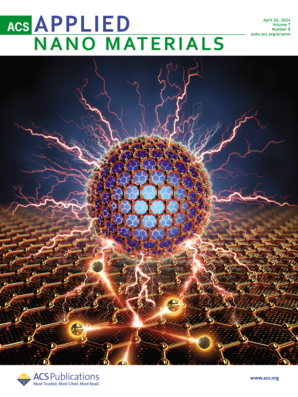贝叶斯更新的替代方法
IF 5.3
2区 材料科学
Q2 MATERIALS SCIENCE, MULTIDISCIPLINARY
引用次数: 2
摘要
我们将讨论即使贝叶斯规则定义明确,也会偏离贝叶斯规则的更新模型。在回顾了贝叶斯规则及其基础之后,我们首先分析了由偏差、启发式或错误导致的次优行为引起的非贝叶斯行为模型。接下来,我们探讨个人对其最初使用的先验概率的质疑所导致的偏差。然后,我们会考虑对感知、认知或记忆的限制做出最佳反应所导致的非贝叶斯行为,以及基于动机信念或距离最小化的模型。最后,我们简要讨论了零概率事件后的更新模型。本文章由计算机程序翻译,如有差异,请以英文原文为准。
Alternatives to Bayesian Updating
We discuss models of updating that depart from Bayes’ rule even when it is well-defined. After reviewing Bayes’ rule and its foundations, we begin our analysis with models of non-Bayesian behavior arising from a bias, a pull toward suboptimal behavior due to a heuristic or a mistake. Next, we explore deviations caused by individuals questioning the prior probabilities they initially used. We then consider non-Bayesian behavior resulting from the optimal response to constraints on perception, cognition, or memory, as well as models based on motivated beliefs or distance minimization. Finally, we briefly discuss models of updating after zero probability events.
求助全文
通过发布文献求助,成功后即可免费获取论文全文。
去求助
来源期刊

ACS Applied Nano Materials
Multiple-
CiteScore
8.30
自引率
3.40%
发文量
1601
期刊介绍:
ACS Applied Nano Materials is an interdisciplinary journal publishing original research covering all aspects of engineering, chemistry, physics and biology relevant to applications of nanomaterials. The journal is devoted to reports of new and original experimental and theoretical research of an applied nature that integrate knowledge in the areas of materials, engineering, physics, bioscience, and chemistry into important applications of nanomaterials.
 求助内容:
求助内容: 应助结果提醒方式:
应助结果提醒方式:


